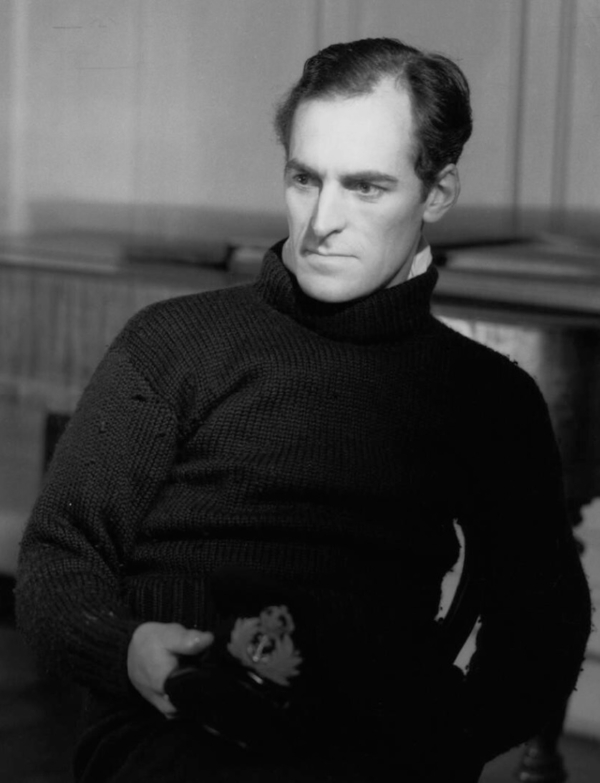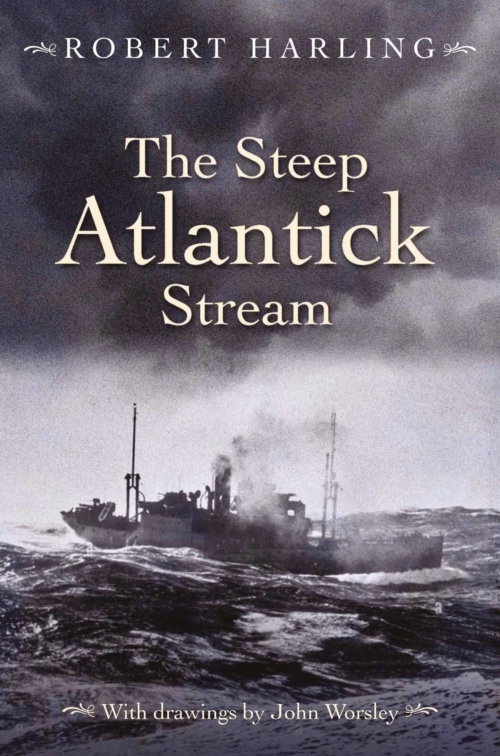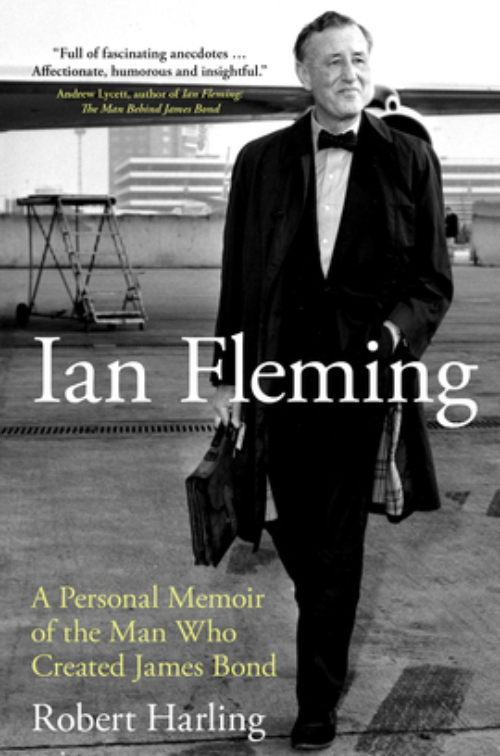The Estate of Robert Harling

The Estate of Robert Harling
Harling would come into the office [of the Sunday Times] with his sharpened pencils and draw the dummy pages that the men in the composing room would translate into hot metal. Several people occasionally did this work, including me, but Harling turned it into an art, not just indicating, say, the position and dimensions of a photograph but also roughly reproducing it as a drawing. He stood against a tilted board as he drew, negligently shading the shape of a tree or a head. None of this was necessary – position and dimensions were all that the compositor needed – but Harling liked to draw.
By any measure, Robert Harling was a remarkable man. His obituary in The Sunday Times describes him as ‘a handsome man of energy, kindness, a certain raffishness and great talents; typographer, graphic designer, advertising executive, novelist, editor and intelligence operator.’ The Observer called him a ‘brilliant typographer and editor whose imagination helped transform domestic taste in Britain” and “a key-figure in mid-20th century graphic design.’ For The Times he was ‘perhaps the most innovative and distinguished typographical designer of the last century,’ his work leading ‘to a range of typographical journals and books which were visionary at the time and unequalled today.’
In addition to a post-war career that included twenty-eight years as Editor of House & Garden magazine and almost forty as The Sunday Times’ typographic adviser, Harling was also the author of some eighteen books, of both fiction (seven novels, all published by Chatto & Windus between 1951 and 1979), and non-fiction (with subjects ranging from the works of Eric Gill and Edward Bawden to Modern Furniture and Decoration.) Fiona MacCarthy has described one of his novels, The Paper Palace (published in 1951), as having ‘become a Fleet Street classic’, and Nicolas Barker writes of another in The Independent “His masterpiece (not too strong a word) was undoubtedly The Hollow Sunday (published in 1967), which […] manages to be a superb thriller as well as a compelling study of vicious power-politics in both Westminster and Fleet Street.”
Books
The Steep Atlantick Stream: A Memoir of Convoys & Corvettes
Rights
Endorsements
This is a classic, absorbing and realistic work which more than almost any other Second World War naval memoir leaves the reader with an unforgettable impression of what the war at sea was really like.
A jolly good yarn.
Although the book contains deep sadness [...] it is also full of pathos. The characters of his fellow seafarers – their bravery, cynicism, politics and humour – come to life through their conversations. What shines through most of all is the comradeship of these men thrown together by war, making the best of a terrible situation.
This is a fitting memorial to the ‘Tombless Dead’ and if, dear reader, you don’t read another memoir, you should read this one!"
Synopsis
First published in 1946, this atmospheric memoir of the Battle of the Atlantic offers one of the most original accounts of war at sea aboard a corvette, escorting convoys in both the North and South Atlantic. The author, an RNVR lieutenant, experienced the terrors of U-boat attacks and the hardships of autumn gales as well as the relief of shore runs in ports as far apart as Halifax and Freetown.
The narrative begins with Harling’s voyage from the Clyde to New York on the Queen Mary (or QM, as she was known during her martial career), on route to join a newly-built corvette in Halifax, Nova Scotia. He was to be her First Lieutenant, and his service at sea started in the spring of 1941, just as the battle of the Atlantic was entering its most crucial stage. During the first east-bound convoy he was to experience attacks by U-boats, the loss of merchant vessels and a steep learning curve as the ship’s crew struggled to live in the harsh wartime conditions. Later that summer they made return voyages to Iceland where runs ashore offered some solace from dangerous days at sea. Time was also spent in the South Atlantic with voyages to Freetown and Lagos, before a short interlude when he experienced the excitement of fighting with Coastal Forces. The corvette subsequently returned to escorting convoys from Halifax to Europe.
His narrative is both serious and humorous, and his picture of wartime Britain, his descriptions of being buffeted by great storm-tossed seas in the ‘cockleshell corvettes’, and the recounting of grim losses are all too real and authentic. His story ends as he leaves his ship after a violent cold developed into pneumonia, and soon afterwards he hears the heart-breaking news of her loss, along with the captain and half the crew, after being torpedoed. He is left to ponder on the many tombless dead consigned by the war to the Steep Atlantick Stream.
Ian Fleming: A Personal Memoir
Rights
Endorsements
Robert Harling was a man of many talents, who worked with Ian Fleming in naval intelligence and journalism, as well as being a thriller writer himself. He has produced a memoir of his close friend that is full of fascinating anecdotes, and that, without glossing over the imperfections of its subject, manages to be affectionate, humorous and insightful. The result is a wonderful treat - a welcome addition to the literature about 007's creator
This book not only explains the extraordinary success of Ian Fleming; it is an eyewitness account of the growth of design and fashion after the Second World War by the man whose genius created both.
Searingly, almost painfully honest, this picture of the sex-and-danger-saturated relationship between Harling and Fleming is as gripping and as challenging as the best of the Bond novels.
Synopsis
**With a foreword by Fiona MacCarthy OBE**
Forged during the Second World War, the close and abiding friendship of Robert Harling and Ian Fleming, one of the twentieth century's most iconic authors, would go on to define the lives and literature of both men significantly.
Their paths first crossed in 1939, and Harling later became Fleming's deputy in the commando unit dubbed 'Fleming's Secret Navy', which was tasked with obtaining equipment, codebooks and intelligence from the enemy. The war made fast friends of the two writers, and Fleming would go on to immortalise Harling in his hugely popular Bond novels Thunderball and The Spy Who Loved Me.
Yet beneath the pair's charm, charisma and creativity was an altogether darker reality. Documenting in vivid detail his private exchanges with Fleming, Harling exposes the personality behind his protagonist - one tempered by debilitating bouts of depression and a deep-rooted distrust of women.
This extraordinary memoir provides a fascinating and unprecedented insight into the mind of the creator of James Bond - from one of those who knew him best.

